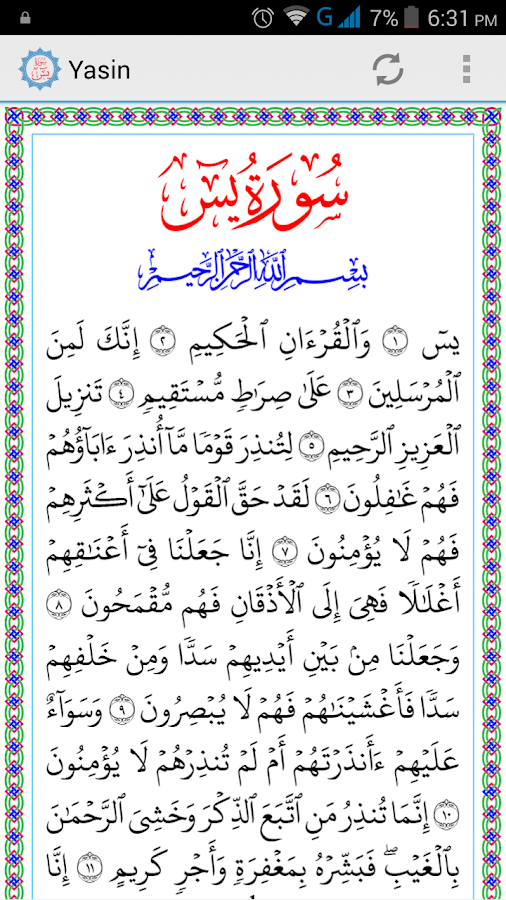

The materia medica of Ayurveda has attracted the attention of researchers and commercial concerns in India and abroad interested in identifying active molecules and manufacturing commercial versions of traditional formulations. Works on Indian botanical medical knowledge, by Garcia da Orta (1568), Christoval Acosta (1578) and the 12 volume Hortus Malabarius (1678-1693) compiled by Aadrian Van Rheede, became reference books for tropical botany and medicine for a hundred years or more. Several books on Indian medicine written during this period introduced Indian medical knowledge to European medical schools, and botanical medical knowledge of India was tremendously influential in the the global context. During this period it was official policy of the Portuguese and Dutch governments in India to actively seek out and document Indian traditional medical knowledge. There were very few physicians among the early European settlers, and they did not have the medicines or the knowledge needed to combat tropical diseases.

' (Conversations on the Simples, Drugs and Materia Medica of India, Garcia da Orata, Goa, 1563) However, during the pre-colonial period early Portuguese and Dutch settlers relied on the thriving medical systems they found in India for their healthcare needs. “ I feel bound to confess that it is not so valuable nor so certain as the herb which the Malabaris give. The earliest available works are Caraka Samhita, Sushruta Samhita, Ashtangahrdayam, Ashtangasamgraha, Bhela Samhita and Kashyapa Samhita, the latter two in incomplete versions. The fundamental concepts and practices of Ayurvedic healing continued to be elaborated and refined over centuries and were codified during the early centuries of the C.E. The earliest works on Ayurveda probably dealt with one specific branch of medical practice. Sanskrit, which is the language of the Vedas and Brahminical culture, reemerged as the dominant scholarly medium around the beginning of the Common Era. In this cultural milieu in the Indo-Gangetic and lower Himalayan regions, tribal and wandering healers, learned physicians, ascetic and yogic traditions such as Buddhism and Jainism, and philosophical schools such as Samkhya, Visheshika and Nyaya all contributed to the emergence of a formal scientific culture of healing that became Ayurveda. The Bower Manuscript, 4-6 CE Discovered in Central Asia (Bodleian Library, Oxford University) Emergence of the Ayurveda Tradition The spirit of scientific enquiry influencing the intellectual world since the time of Buddha led to old belief systems being questioned and tangible proofs being sought after. Trade routes linked the Indus valley civilization to other parts of the subcontinent and westward to Persia, Mesopotamia and the Arabian Sea, and northward to Central Asia. Organized forms of agriculture practiced by the people of the Indus civilization, the importance they gave to certain medicinal plants and trees and the emphasis on hygiene and water sanitation suggest an advanced awareness of health management. Prehistory Excavations at different sites suggest that medical interventions such as dentistry and trepanation were practiced as early as 7000 BCE in the Indian subcontinent. The challenge today is to integrate the best of the different healing traditions to meet the healthcare needs of contemporary society.

However there is growing awareness among the scientific community and the general public about the intrinsic value of traditional medicine, and as a result Ayurveda, Unani and Siddha have entered the mainstream to compliment biomedicine. It will serve a handy reference book for all those involved in Ayurvedic and medicinal plant research.The process of exchange and assimilation continues, and today traditional medical practices are obliged to accommodate to the norms of modern biomedicine. Plants used in other alternative systems of medicine. Brief monographs of medicinal plants used in Ayurveda. Description of gana according to Ayurveda. Classification of drugs according to medicinal activity. Part B is miscellaneous work dealing with: Here, Ayurvedic parameters applicable to drugs have been tackled in detail. It covers twenty chapters on various gana (classification) of Bhavaprakash. Part A, deals with principle Ayurvedic drugs of plant and animal origin. This work on English translation of the ancient Ayurvedic text has been divided into two parts: It is one of the most indispensable works on Ayurveda. Medicinal plants used in other systems of medicine.īhavaprakash Nighantu is nucleus of Ayurvedic Materia Medica. Singh, Amritpal & Bishnoi, Ashok (Drs.) (Eds.)


 0 kommentar(er)
0 kommentar(er)
